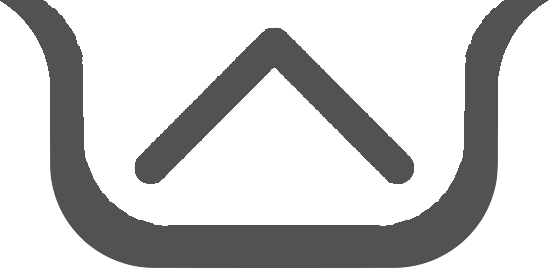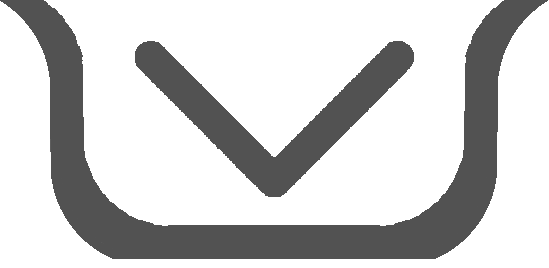äußere Augenmuskulatur

Normal
Anatomy and Anomalies of the Rectus Extraocular Muscles in Human: A Review of the Recent Data and Findings: Anatomical relationships within the orbit. The origin of the medial rectus muscle (mr) is fixed to the medial aspect of the common tendinous ring. On its further course, the muscle runs parallel to the medial orbital wall. The inferior rectus muscle (ir) runs perpendicularly to the inferior wall of the orbit. The anterior part of the muscle is separated from the orbit by the inferior oblique muscle (io). All three muscles (mr, ir, and io) are innervated by the inferior division of the oculomotor nerve (id). The nerve to the inferior oblique muscle (nio) branches off from the inferior division of the oculomotor nerve and runs parallel to the lateral border of the inferior rectus muscle. A characteristic feature of the lateral rectus muscle (lr) is the so-called “dual headed origin,” as this muscle begins from the common tendon ring with two tendinous bands. The muscle runs along the lateral wall of the orbit. It is innervated by the abducens nerve (an). The ciliary ganglion (cg) is located medially to the internal surface of the muscle. The superior rectus muscle (sr) is located under the levator palpebrae superioris muscle (lps). Both muscles (sr and lps) are innervated by the superior division of the oculomotor nerve (sd). fn: frontal nerve; ln: lacrimal nerve; ncn: nasociliary nerve; son: supraorbital nerve; stn: supratrochlear nerve, th: troch; ear nerve.







Extraocular
muscles • Extra-ocular muscles (illustration) - Ganzer Fall bei Radiopaedia

Extraocular
muscles • Extraocular muscles (illustration) - Ganzer Fall bei Radiopaedia

Extraocular
muscles • Eye and extraocular muscles (illustrations) - Ganzer Fall bei Radiopaedia

Extraocular
muscles • Origins of the extraocular muscles (Gray's illustration) - Ganzer Fall bei Radiopaedia

Normal
Anatomy and Anomalies of the Rectus Extraocular Muscles in Human: A Review of the Recent Data and Findings: Arrangement of the extraocular rectus muscles (ERMs) around the equator of the eyeball. 1: the distance of the medial rectus muscle (mr) from the limbus; 2: the distance of the inferior rectus muscle (ir) from the limbus, 3: the distance of the lateral rectus muscle (lr) from the limbus; 4: the distance of the superior rectus muscle (sr) from the limbus. The results of measurements made by various authors on individual ERMs insertions slightly vary. However, it may be observed that the distance from the lateral rectus muscle insertion to the limbus is greater than the distance from the medial rectus muscle to the limbus, as well as the distance from the lateral rectus muscle insertion to the limbus is greater than the distance from the medial rectus muscle to the limbus. According to the classical data provided by Fuchs [14] the distances of the individual rectus muscles from the limbus increase counterclockwise starting from the medial rectus muscle.
The extraocular muscles are the six muscles that insert onto the eye and hence control eye movements:
- superior rectus: elevation
- superior oblique: intorsion
- medial rectus: adduction
- lateral rectus: abduction
- inferior oblique: extorsion
- inferior rectus: depression
Arterial supply
Muscular branches of ophthalmic artery.
Venous drainage
- superior ophthalmic vein to cavernous sinus
- inferior ophthalmic vein to cavernous sinus and/or pterygoid plexus
- infraorbital vein to pterygoid plexus
Innervation
- oculomotor nerve:
- superior division: superior rectus muscle
- inferior division: medial rectus, inferior rectus, and inferior oblique muscles
- trochlear nerve:
- superior oblique muscle
- abducens nerve:
- lateral rectus muscle
Associated pathology
See also
Siehe auch:
- Musculus obliquus inferior
- Musculus obliquus superior
- Graves ophthalmopathy
- Musculus rectus lateralis
- Musculus retractor bulbi
- Musculus rectus medialis
- Musculus rectus superior
- Musculus levator palpebrae superioris
- Ophthalmoplegie
- Musculus rectus inferior
- Augenbewegungen
und weiter:
- Fissura orbitalis superior
- intraconal orbital compartment
- dysthyroid eye disease
- tendinous ring
- orbital pathology
- ocular adductors
- ocular depressors
- ocular abductors
- ocular elevators
- ocular external rotators
- extraocular muscle involvement in thyroid associated orbitopathy (mnemonic)
- orbital spaces
- ocular internal rotators
- Orbita
- Kopf- und Halsmuskeln
- Variationen und Anlageanomalien der äußeren Augenmuskeln

 Assoziationen und Differentialdiagnosen zu äußere Augenmuskulatur:
Assoziationen und Differentialdiagnosen zu äußere Augenmuskulatur:



